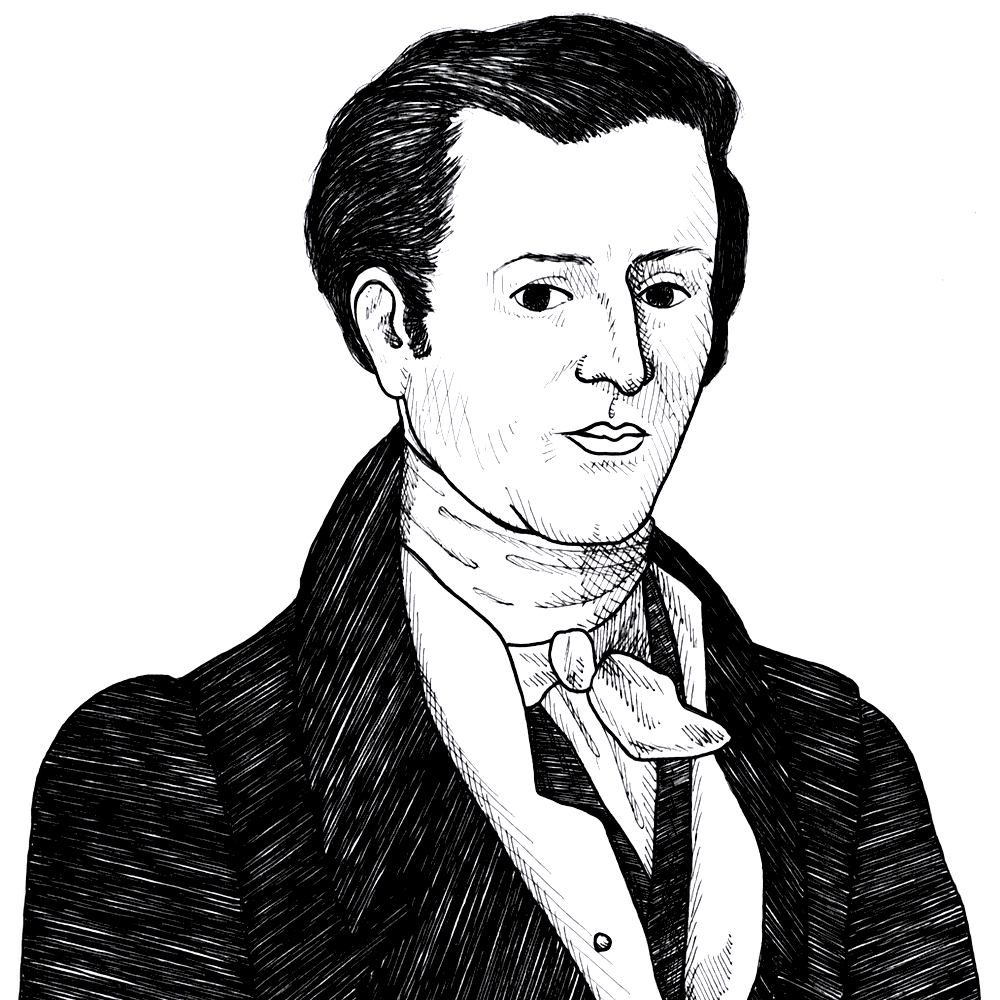
Horace Say on “I, Pin” and the international division of labor (1852)
Found in: Cyclopaedia of Political Science, Political Economy vol. 1 Abdication-Duty
Horace Say (1794-1860), the son of Jean-Baptiste Say, took Adam Smith’s story of a domestic pin factory which he used to explain the productivity gains from the division of labor within the factory, to an international level. He showed that there was an international division of labor which took the argument to a whole new level of sophistication and complexity:
Economics
If Adam Smith had extended his analysis, he might have shown that many other partial operations are divided among different workmen to complete that small product of human industry the value of which is so little, and which is called a pin. He might have directed attention to the work of the miner who brings to the surface of the earth the ore of copper, and to that of the miner having a different origin and habits, who, in another part of the world perhaps, has had to dig out the ore of tin necessary for alloyage and for whitening the pin. But in addition to the labor necessary to bring these metals to the requisite degree of purity, they must besides have been transported by sea and by land to the pin-maker’s manufactory. How many different operations divided among an infinite number of workmen have not been necessary in the mere construction of the ship employed in carrying the tin from a port of India to England! And what shall we say of the compass which has been used in guiding this vessel across the seas? What an amount of time and of observations of different kinds, by a great number of individuals, was necessary to put mankind in possession of the compass! The imagination is appalled at the extent of the research needed to exhibit all the labor which has been necessary to bring to perfection the most trifling product, in a single branch of any manufacturing industry of our day.